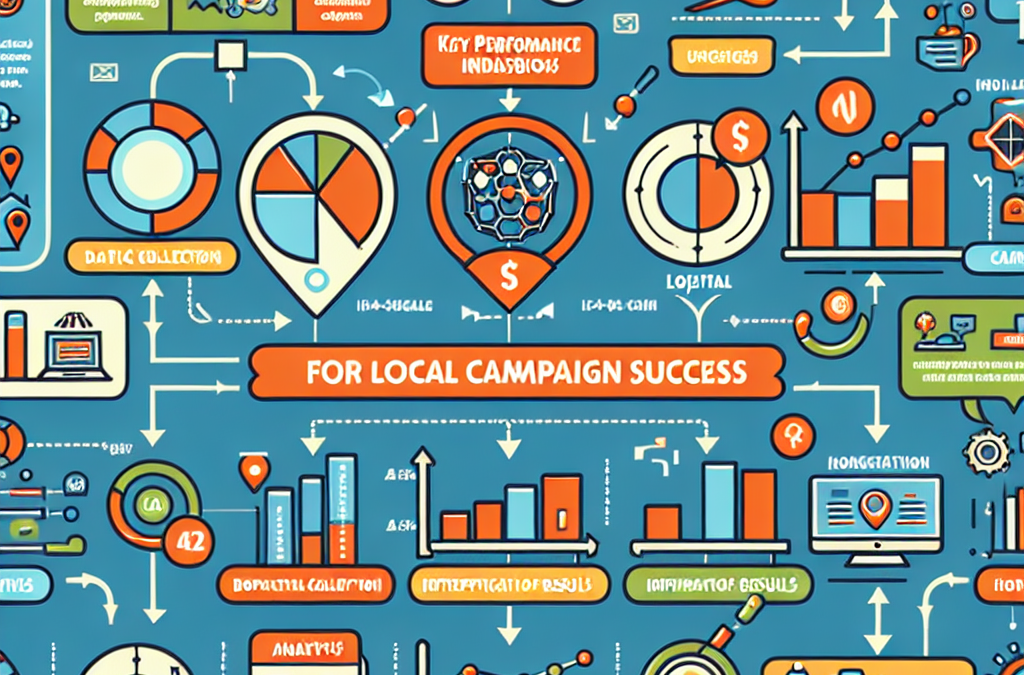Understanding Your Audience
Identifying Demographics
When launching a local campaign, the first step I always take is getting to know who my audience truly is. Demographics tell us so much about potential customers, like their age, gender, and location. I dive deep into analytics tools like Google Analytics, which helps me grasp who’s visiting my website and engaging with my brand. If you’re not clear on who you’re talking to, how can you expect to connect with them?
Moreover, it’s vital to consider aspects like lifestyle and preferences. Is your audience primarily working professionals, students, or families? Understanding these details will guide your marketing messages and help you create content that resonates. Trust me; this step is foundational. It’s like trying to bake without knowing your ingredients!
Once I feel I have a solid grip on who my audience is, I can tailor my campaigns better. You want to know what keeps them up at night and what makes them smile. And that comes from digging into that data and learning all you can.
Tracking Engagement Metrics
Website Traffic Analysis
Next, let’s talk about website traffic. I can’t stress enough how crucial it is to monitor where visitors are coming from and what pages they enjoy the most on your site. Tools like Google Analytics provide an abundance of insights, from bounce rates to the average time spent on each page. These metrics tell you whether your content is engaging or if it’s time to change things up.
For instance, if I see a high bounce rate on a specific page, I take it as a sign that something’s off. Maybe the content isn’t relevant, or the page loads too slowly. By paying attention to these details, I can make adjustments to improve user experiences that drive conversions.
Also, keeping an eye on the flow of user navigation helps me identify common paths taken by potential customers. I can then optimize this journey to enhance engagement which ultimately leads to better local campaign success. It’s finding the way to guide them from curiosity to commitment!
Measuring Campaign Performance
Setting Key Performance Indicators (KPIs)
So, after gathering all this useful data, it’s essential to measure how well my local campaigns are performing. Here’s where KPIs come into play. I set specific, measurable objectives related to my campaigns, such as the number of leads generated or the increase in foot traffic to my store. Without KPIs, it becomes super tricky to determine whether I’m hitting the mark or missing the target.
Establishing these indicators provides a benchmark for success. For instance, if I ran a promotional event, I would track sales right before, during, and after the event to see what impact it had. It’s about holding myself accountable and making informed decisions moving forward.
The beauty of KPIs is that they aren’t set in stone. I often revisit them, especially if my audience demographics shift or if new marketing channels emerge. Always being adaptable is key in this ever-changing game of analytics!
Adjusting Strategies Based on Analytics
Feedback Loop Implementation
Now, the fun part begins! Analyzing results means I get to experiment and adapt my strategies. I’m a big proponent of creating a feedback loop from the data I gather. For example, if an online ad isn’t performing well, I take a hard look at it and tweak the visuals or the copy. Just because something flops once doesn’t mean it should be tossed aside; often, it just needs a little love!
Moreover, I find that A/B testing is one of the most effective ways to tweak campaigns. By trying out different variations of the same campaign, I can see what resonates more with my audience. Running these tests helps me continually refine my approach and become more effective in my local engagement efforts. It’s a dance and I’m constantly learning the moves!
Finally, I make it a point to communicate the changes back to my team. Sharing insights and strategies not only improves our campaigns but also fosters a culture where everyone feels involved in the success of our local campaigns.
Leveraging Insights for Future Campaigns
Building Data-Driven Approaches
Last but not least, I look to the future. Learning from past campaigns allows me to create more targeted and data-driven strategies moving forward. It’s all about creating a cycle of continuous improvement. When I have a wealth of analytics at my fingertips, my campaigns become less about guesswork and all about smart decisions.
For example, if I found that one promotional approach brought in tons of new customers, I document that and consider how to replicate it. On the flip side, if something flops, I analyze why it failed. It might be a budget allocation issue or maybe the offer itself just didn’t appeal—both of which are valuable lessons.
Ultimately, utilizing analytics lets me build a roadmap for future campaigns. Each piece of data is a steppingstone toward improving the next one. It’s no longer just about the short-term wins; I want to build something sustainable and impactful in my local community.
FAQs
1. What are the most crucial metrics to track for local campaigns?
The most crucial metrics typically include website traffic, conversion rates, engagement metrics (like social media interactions), and foot traffic data if you have a physical location. These will give you a clear view of how well your campaign is doing.
2. How often should I review my analytics?
I recommend reviewing your analytics regularly; ideally, set aside time weekly or monthly to assess performance. This keeps you on your toes and allows you to make timely adjustments to your strategy.
3. What tools do you recommend for tracking analytics?
Google Analytics is a must-have for website tracking. Additionally, tools like Hootsuite for social media insights and SEMrush for SEO performance can provide a comprehensive view of your campaign effectiveness.
4. How can I improve my content based on analytics?
Begin by looking at engagement metrics. If a particular type of content is driving more interactions, consider creating more of it. Use audience feedback and test new formats to keep your content fresh and engaging.
5. Can I still succeed with a local campaign without much data?
It’s possible but tougher! Relying on intuition alone can get you results; however, leveraging analytics helps you make informed decisions. It’s like navigating with a map instead of just wandering around—much easier to reach your destination!


